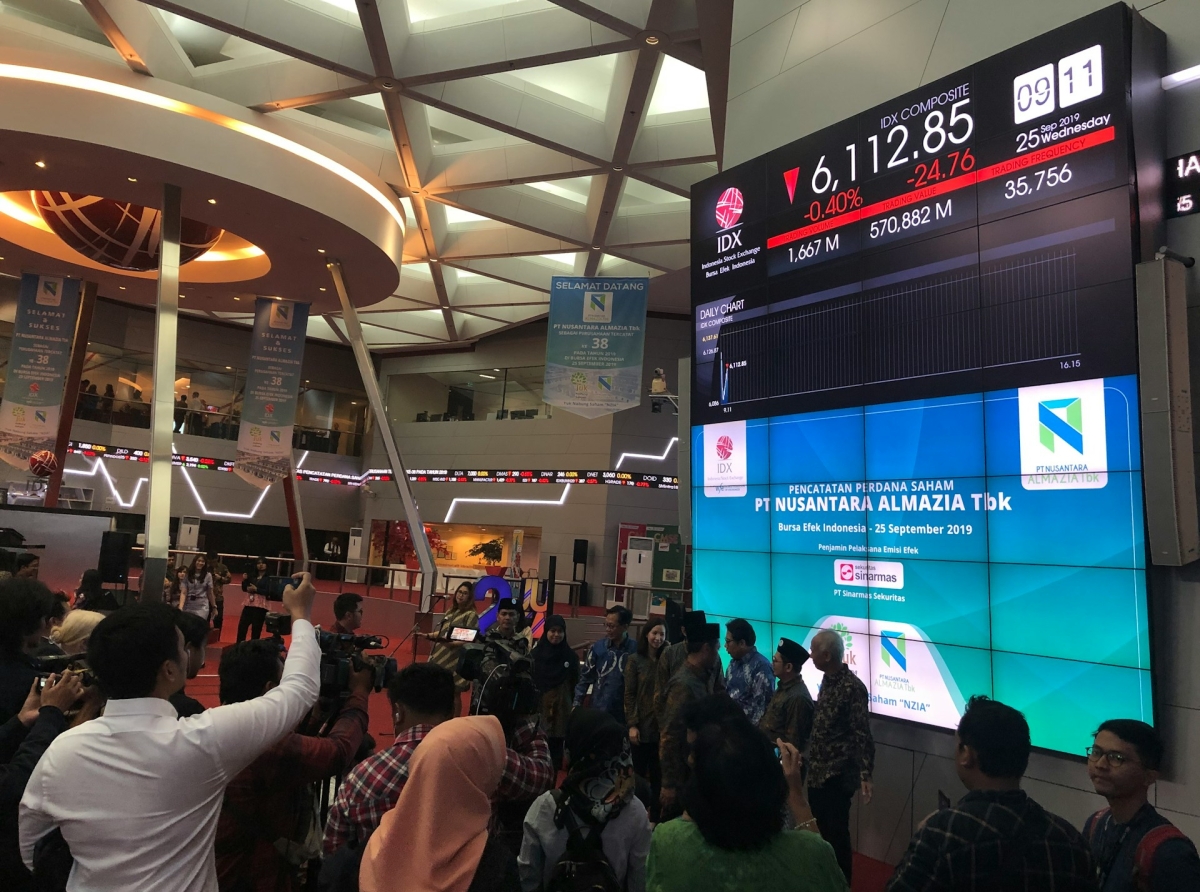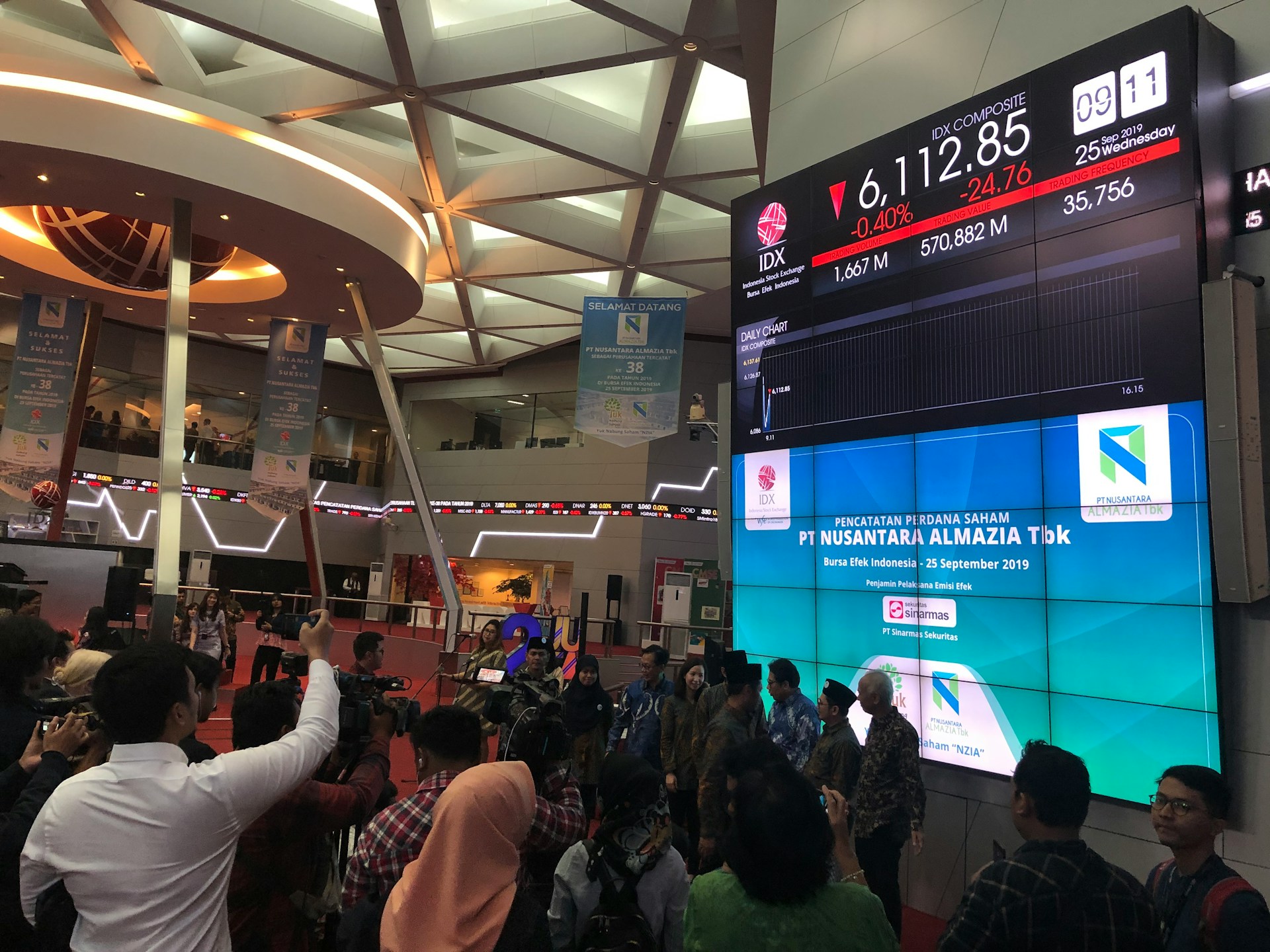
Forex Trading Sessions: What You Need to Know
Forex trading operates on a level that transcends national borders, turning the world into a global marketplace where currencies are exchanged around the clock. The term “Forex,” an abbreviation for foreign exchange, hints at this extensive network, a market that doesn’t sleep as it deals with the currency flows of international trade and investment. For traders looking to navigate this ever-changing sea of opportunities, one critical aspect is understanding trading sessions. The Forex market is segmented into several key trading sessions based on geographical regions, and each session has unique characteristics that can significantly influence trading strategies and outcomes.

Forex Trading Sessions: What You Need to Know
Overview of the Major Forex Markets: Characteristics and Timings of Tokyo, London, and New York Sessions
The globe spins through time zones, and as it does so, different financial centers come to life in a 24-hour cycle of trade. The most influential markets in Forex can be broadly classified into the Tokyo, London, and New York sessions.Tokyo Session: Often serving as the harbinger for the Asian market activity, Tokyo’s session begins at 00:00 UTC and lasts until 09:00 UTC. Traders witness an influx of liquidity as Asian markets start their day. Currency pairs involving JPY (Japanese Yen) are particularly active during these hours.
London Session: Kicking off at 08:00 UTC right before Tokyo closes, London takes over as the financial capital of Europe. This session is marked by high volumes and significant movements because it overlaps with both Tokyo (in its early hours) and New York (towards its end). Therefore, it provides a crucial time when liquidity is abundant and when significant economic reports are often released.
New York Session: As London’s traders are preparing to close their day, their counterparts across the Atlantic are just beginning theirs. Starting at 13:00 UTC and ending at 22:00 UTC, this session reflects North American business activity. It’s another high-liquidity period due to overlapping with London’s afternoon hours.
How Trading Sessions Affect Currency Pairs: Volatility, Liquidity, and Spread Implications
Each trading session imparts its flavor onto currency pairs. During Tokyo hours, for instance, pairs such as USD/JPY may exhibit more pronounced movements due to regional economic releases or policy announcements from central banks like the Bank of Japan.London’s session promises heightened volatility because it draws traders worldwide thanks to its strategic timing between Asian close and American open; EUR/USD often sees significant action during these hours.
When New York opens its doors to traders, USD-paired currencies surge with activity reflecting the latest U.S economic indicators or Federal Reserve statements.
It’s also essential to consider spreads—the difference between bid (sell) prices and ask (buy) prices—which can widen or narrow depending on liquidity levels during specific sessions.
Strategies for Trading Different Forex Sessions: Matching Currency Pairs with Their Peak Activity Times
To leverage these periodic ebbs and flows effectively:Match currency pairs with their peak times: Trade JPY pairs during Asian hours or EUR/USD during London hours.
Keep an eye on economic calendars: Expect volatility around major economic announcements.
Understand your trading style: If you favor calm waters over choppy seas or vice versa; choose your session accordingly.
Being aware that certain strategies work better under specific market conditions—like breakout strategies during periods of high volatility—is also crucial for operational success.
Conclusion: Summarizing Key Takeaways and Tips for Adapting to Global Forex Market Dynamics
Understanding how each Forex trading session uniquely influences currency pair behavior allows you to tailor your approach accordingly—whether you’re looking for high volatility trades during peak times or steadier trades during quieter periods.Remembering that liquidity levels fluctuate throughout the day affecting spread costs will ensure you’re not caught off-guard financially. By planning around these dynamic market conditions—with awareness of when major financial centers open their markets—you equip yourself with critical knowledge necessary for making informed decisions in your journey through Forex trading.
Forex trading, Trading sessions, Currency pairs, Market volatility, Financial centers









Report
My comments